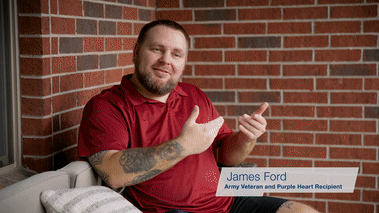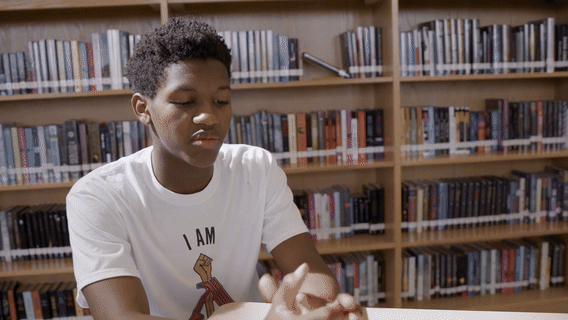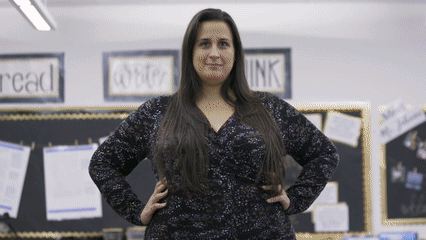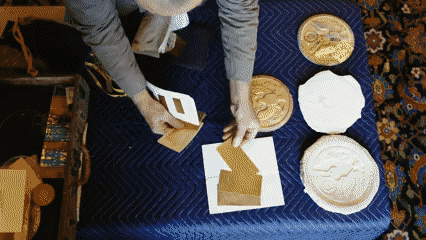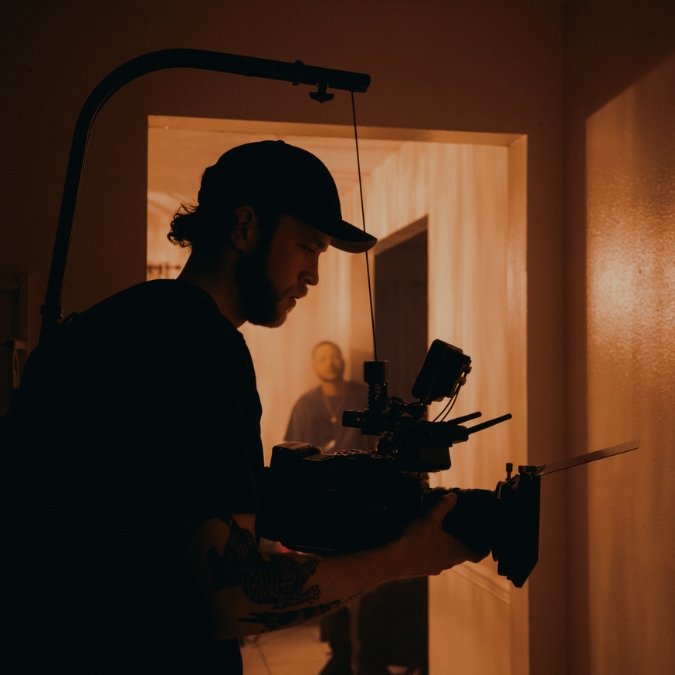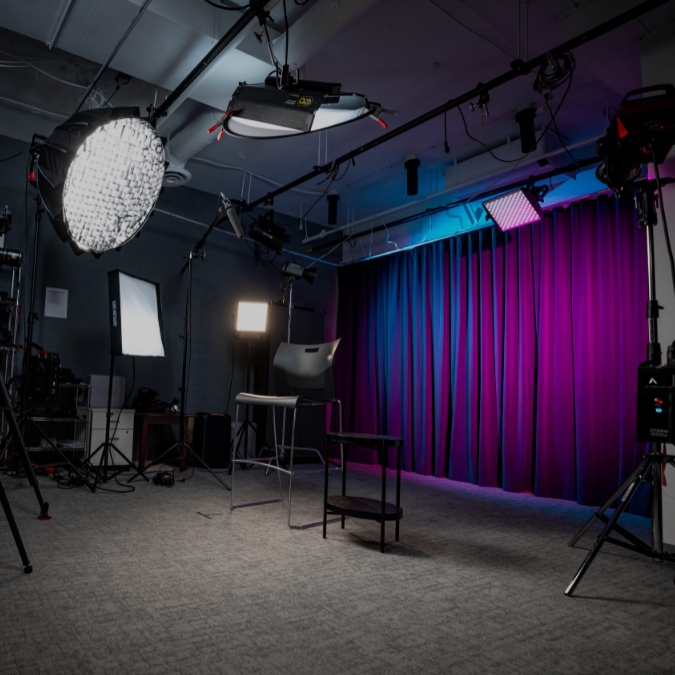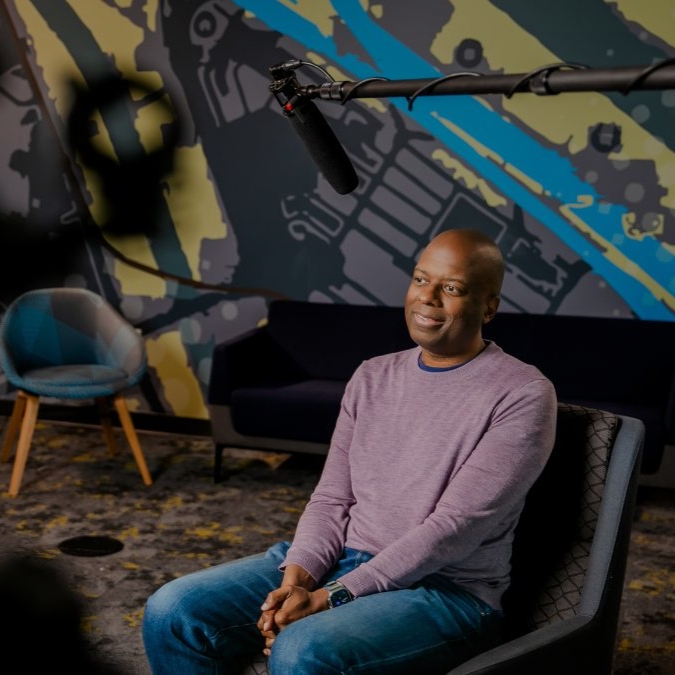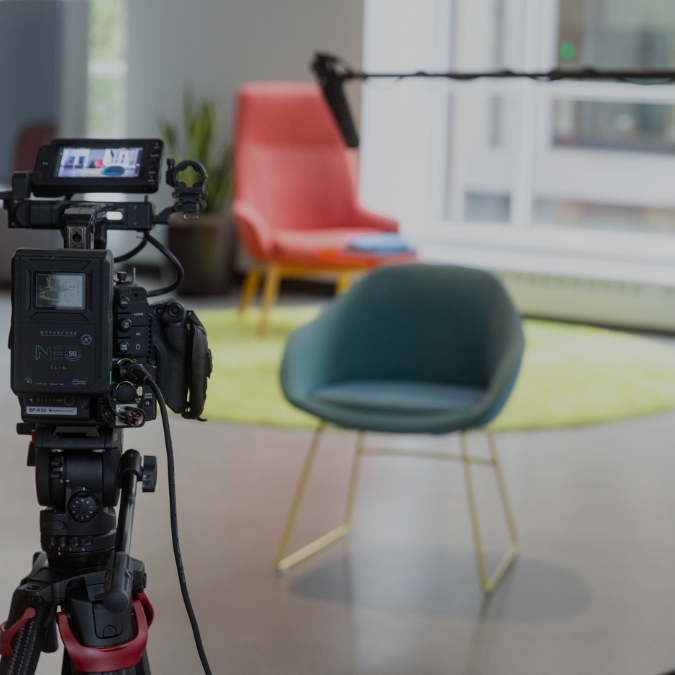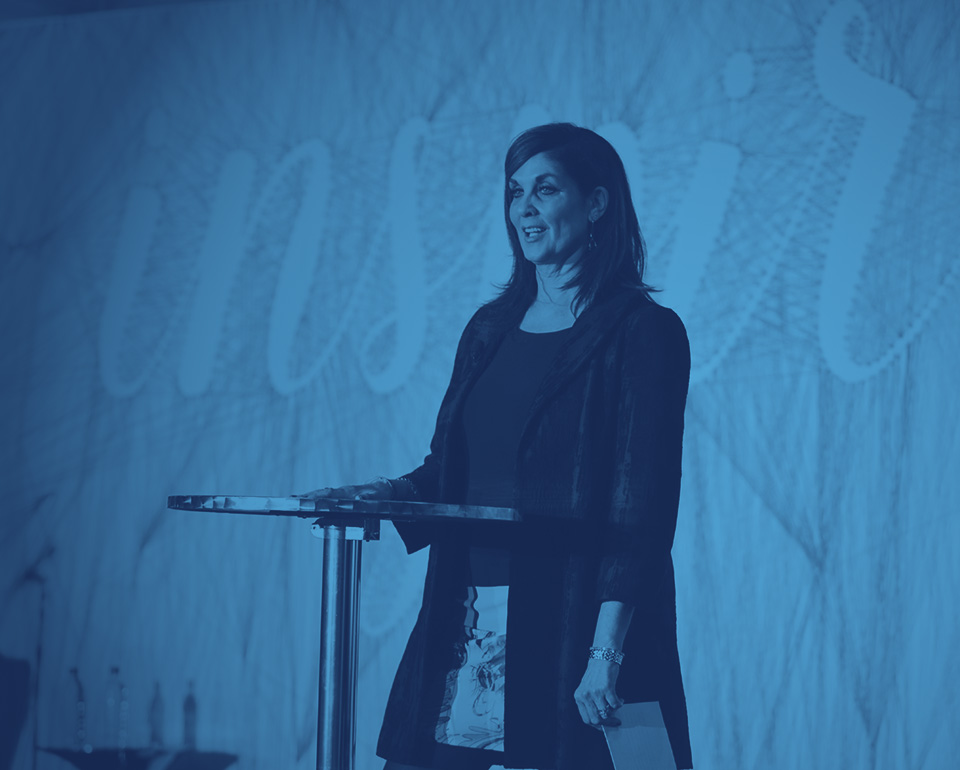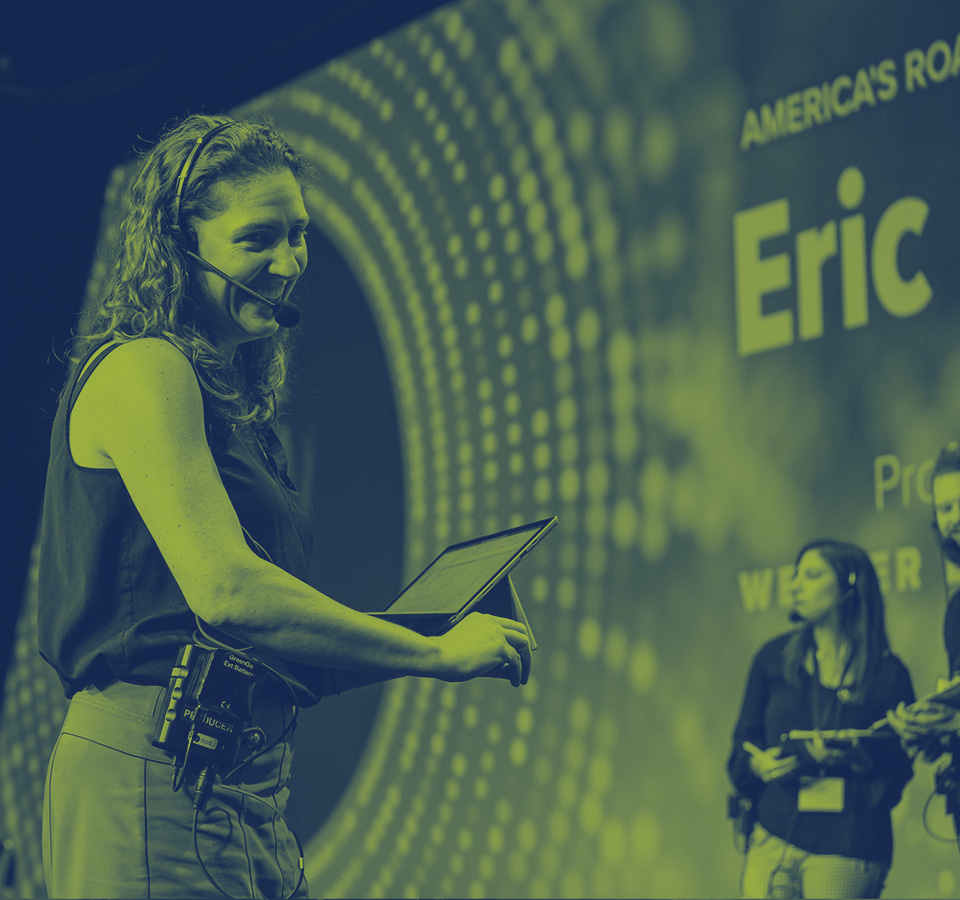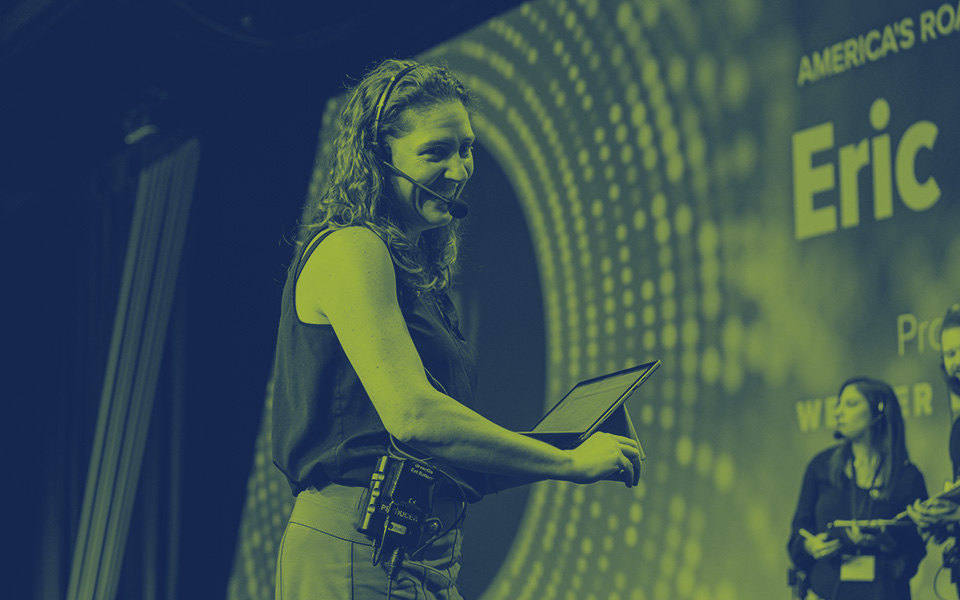Renowned author and documentary filmmaker Tahir Shah wrote in his In Arabian Nights, “Stories are a communal currency of humanity.” As video storytellers, we embrace that exchange—the relationship between filmmaker and audience. Or, when working with on-screen, the relationship between interviewer and interviewee.
And when deciding on an interview style, also known as “framing a talking head,” our producers and cinematographers consider a variety of options to bring out the best performances from participants:
1. The Off-Camera Interview
The tried and true approach for capturing a candid conversation is the “off-camera.” With the interviewer sitting as close to the camera as possible, the subject almost makes eye contact with the camera. The viewers can feel as if they’re listening to a conversation unfold, rather than feeling as if they’re actively participating in it.
The interviewer is never revealed and, only when absolutely necessary, will you hear his or her voice ask a question. Instead, the burden is on the participant to provide responses with full context.
A great example of this approach is LAI Video’s work with Operation Homefront. Tasked with spreading awareness and reaching new donors, Operation Homefront needed authentic storytelling that captured the real impact of their work serving America’s military families. We produced a series of “Military Families” PSAs, featuring young veteran families whose lives had been profoundly changed by the organization.
Through the Off-camera interview style, we connected with families who weren’t accustomed to being on camera, creating an intimate atmosphere where they could open up. With a skilled interviewer, the subjects almost forgot about the camera’s presence, allowing them to share deeply personal and emotional experiences. These authentic moments became the backbone of our powerful PSAs, which were strategically edited for broadcast and radio while preserving the raw, heartfelt storytelling that resonated with Operation Homefront’s audience.
2. The Direct-Address Interview
A less traditional approach, this technique enables the interviewee to make direct eye with viewers, often positioning him or her within the center of the camera frame. Using surprisingly complex equipment, like an “interrotron,” or a makeshift, mirrored rig, this style can create the impression that the subject is speaking directly to the audience, delivering his or her message plainly and powerfully. While this level of intimacy may create discomfort, it is quickly becoming a mainstream approach for modern day documentary filmmaking.
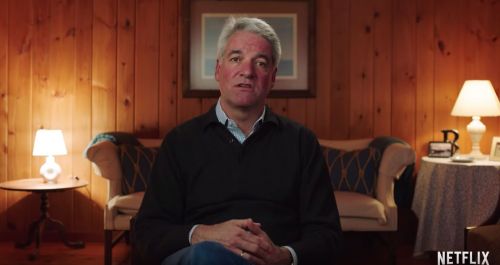
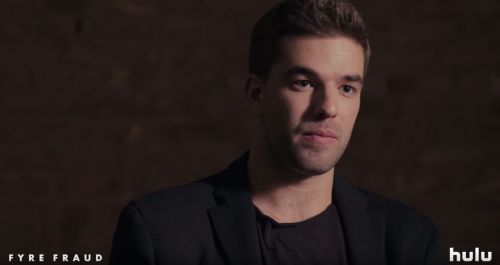
Comparing two documentaries about the infamous Fyre Festival fiasco—Hulu’s Fyre Fraud, which uses an off-camera interview style, and Netflix’s Fyre: The Greatest Party That Never Happened, which uses a direct-address approach—Business Insider noted:
“The Hulu doc is more of a think piece. Both movies examine Fyre Festival, but Fyre Fraud has moments when it takes a step back and examines the cultural significance of the debacle….if you want a detailed behind-the-scenes glimpse of what led to the festival becoming a disaster, Netflix’s Fyre is the one worth your time.”
Whereas Fyre Fraud’s off-camera interview style helps it to “take a step back” and provide analysis, Netflix’s Fyre beckons emotional intensity as the on-screen subjects directly address viewers, recounting events as they unfolded.
Our recent collaboration on the DCPS Redesign Short Films demonstrates the effective use of a direct-address interview style. LAI Video partnered with DCPS to produce two short films that followed students at Anacostia and Ballou High Schools—two schools participating in the district’s redesign program. Capturing the toll of the pandemic while showcasing the program’s impact, the direct-address technique allowed students to speak directly to the audience about their experiences. This approach created a deeply personal and engaging narrative, making viewers feel connected to the students’ challenges and triumphs. The short film on Anacostia even won a National Capital Emmy award for Best Long-form Content in the Education category.
3. The Hosted Conversation
Popularized by renowned news programs and talk shows that feature a strong host personality—like 60 Minutes, the Hollywood Reporter’s Roundtable series and The Chelsea Handler Show—this approach presents both the interviewer and interviewee on-camera. Enabling the audience to not only listen to, but actually watch the conversationalists interact with one another, this technique can make an interview feel more dynamic. However, filmmakers should use this approach cautiously. While many videos intentionally leverage a strong personality to make a piece more engaging, that individual may overpower the testimony of the interviewee, who is often just as, if not more, crucial to the story.
Check out LAI Video’s tribute to Danny Meyer, which we produced for Share Our Strength and its No Kid Hungry initiative. It exemplifies how this interview style can foster a highly memorable and engaging viewing experience. Rather than produce a standard biographical overview of Meyer’s remarkable career, our team chose to direct a group discussion about the culinary entrepreneur’s philanthropic feats. Featuring Share Our Strength’s Co-Founder, Debbie Shore, as the group moderator as well as some of best chef’s in the world, the video captures a profoundly human discussion—one that praises Danny’s belief that good cooking and good people (and good conversation!) can be a force for good in our communities.
4. The Cinematic Approach
Nicknamed the “Off-off-camera” approach (by us, just now), this technique hides both the interviewer and interviewee, positioning the participant’s story as pure narration. The imagery is largely left open for creative interpretation, allowing for the video to transport viewers directly into the story through cinematic techniques, including breathtaking b-roll, reenactments or animation. This approach usually works best when the interviewee is directed to be as visual as possible with his or her responses, using unexpected metaphors that remind viewers that this a natural conversation, not a perfected script.
Watch our We Are WGR Spotlight, produced for Women in Government Relations. We featured Suzanne Swink, a woman driven to professional success by the support and inspiration of personal heroes. Suzanne’s remarks serve as narration that gracefully guides viewers through a montage of transportive visuals. While our interview and her testimony remain completely off-off-camera, low-angle, slow-motion footage position her as the power lobbyist that she is. The final cut emphasizes a story that is more than one woman’s experience; rather, it embodies the values of an entire organization.
5. A Subject in Action
Rather than sitting a subject down in a space where they focus on just you and the camera… give them an action. Talking to someone on the move or talking with someone when they’re doing a task that they do on a regular basis can help most people bring their guard down. This puts interviewees into the “teacher mode.” When someone is teaching something, they immediately become less nervous and more authoritative. Now throw in a question that pertains to your main subject or marketing agenda and get ready for a fantastic candid response from even the most nervous of participants. Also, giving someone an action while on camera gives the viewers more to watch.
A great example of this technique is Bill Adair The Gilder, a video that is part of the larger campaign—Preserving Our Nation’s History for the U.S. Department of State. In an Emmy Award-winning four-part series, we told the story of these famous diplomatic reception rooms from the perspectives of the unsung heroes—the interior designers, gilders, chandelier-hangers—who preserve these publicly-accessible treasures. This project not only raised awareness but also inspired a new generation of brilliant craftspeople.
Do you have an incredible story worth capturing in video? Let us help you identify the best approach for making something that’s more than just a “talking head.”
Contact our team to get started today!
Contact Us Here:
- Give us a call at 202-416-4660
- Fill out the form below and we will reach out to you within 24 hours.

